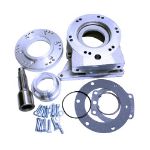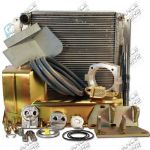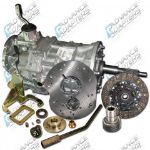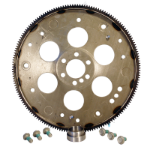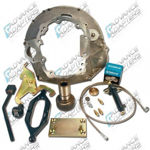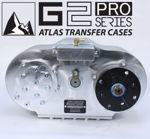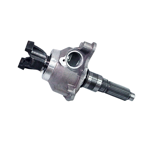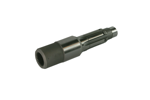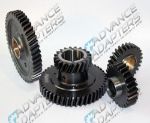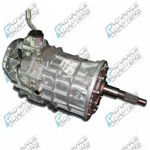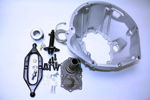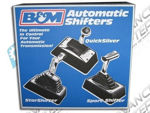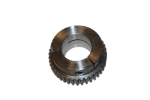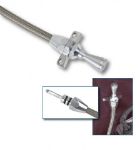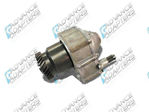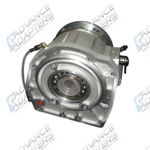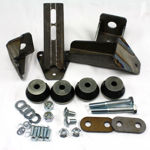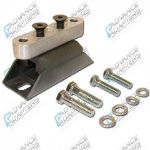Coyote engines are rising in popularity among the DIY community for off-roaders and speed demons alike. The 5.0L powerplant is a factory option for several Ford vehicles such as the Mustang GT and F-150 — and it can be swapped into many other rides. Read on to learn more about what you should know before swapping a Coyote engine.
What Is a Coyote Engine?
The Coyote is a 5.0L version of the Ford Modular small block V8 engine. It was first released for the 2011 model year and is named after the Ford Motor Company’s first four-valve V8 race car, which A.J. Foyt drove to a pair of Indy 500 victories and 25 wins overall. Designed to compete directly with the 6.2L LS3 (GM) and 5.4L Hemi ESF (Chrysler), the Coyote has an 11:1 compression ratio and port fuel injection that produces 412-460 horsepower stock — yet it can run on 87-octane pump gas.
There are multiple reasons you might swap a Coyote engine into your vehicle rather than the popular LS motor. Since the Coyote has more moving parts, it can rev to and maintain higher RPMs, giving you more power and torque. Ford Modular 5.0L engines also can easily be modified to crank the horsepower even higher.
Coyote Engine Swap Tips
You should consider several factors before proceeding with this swap. The Coyote is much larger than the LS engine because it has dual overhead cams. Because of this, the Coyote will not fit in some smaller vehicles without modifications, and you’ll need to assess the available space. The extra moving parts also can make installations more challenging since more things need to fit together.
In addition, switching to a Coyote engine may require replacing or altering other parts, including:
- Transmission — Many stock transmissions, especially on older and smaller vehicles, are not strong enough for the Coyote’s torque and need to be swapped for an aftermarket transmission.
- Exhaust System — Coyote engines have tubular headers that may not fit your pipes. This will require adding adapters or getting K-members and crossmembers for proper exhaust routing.
- Clutch and Flywheel — If you’re pairing a Coyote with a manual transmission, you should also replace the clutch and flywheel to make sure they’re rated for the power output.
- Oil and Filter —The standard Coyote oil filter is on the driver’s side at roughly a 45-degree angle, and the rear sump is too low for some older chassis, both of which must be accounted for.
- Cooling — For Coyote engine swaps, you need the coolant fill cap to be the highest point in the system. This can require rearranging the hoses, adding a new supply tank and replacing mechanical fans with electric fans.
Despite the work and cost involved, many people have found it worth swapping a Coyote engine for their off-road SUVs, hot rods and classic muscle cars. Advance Adapters offers an assortment of Coyote engine swap parts such as bellhousing kits to help with your engine project.


